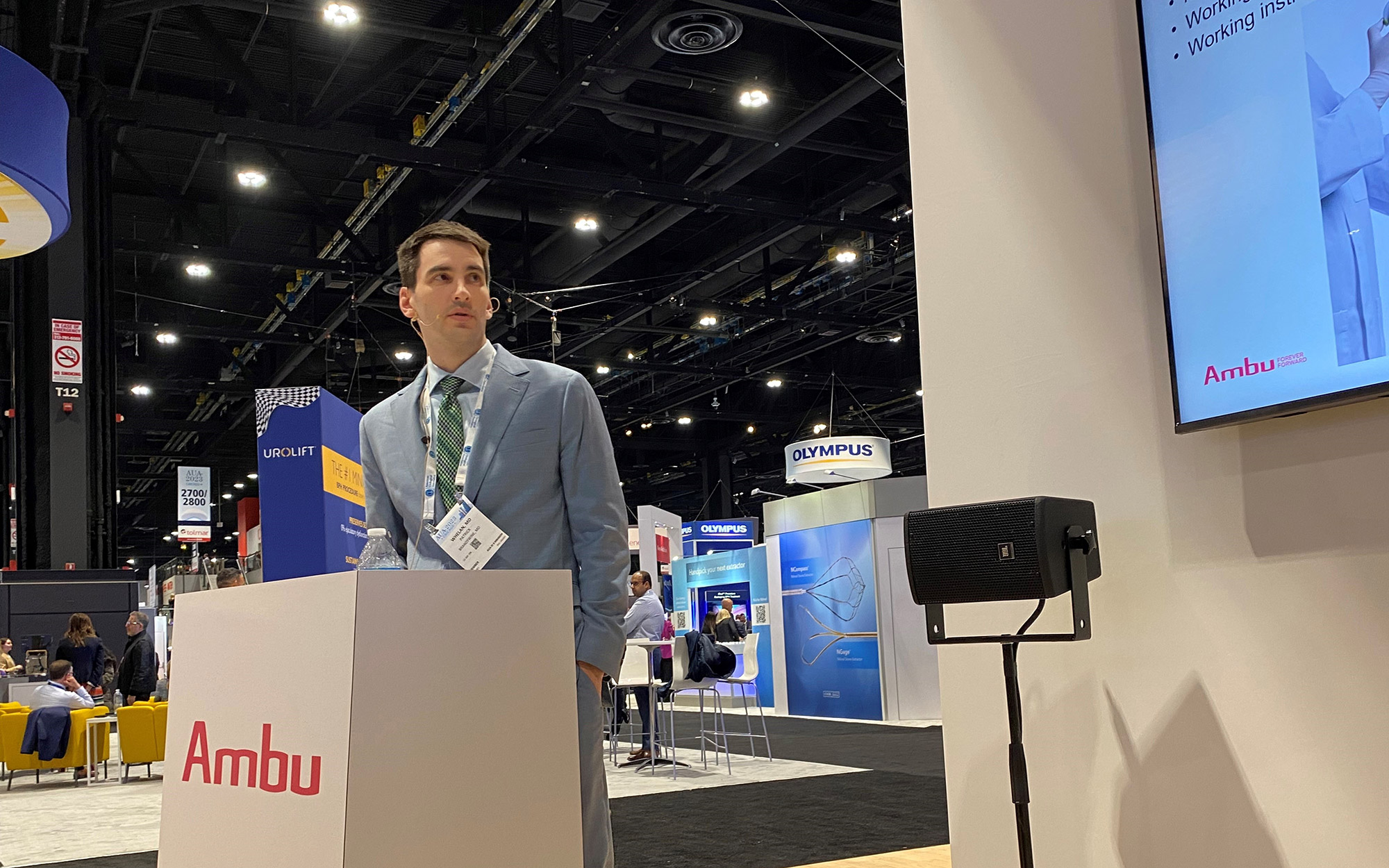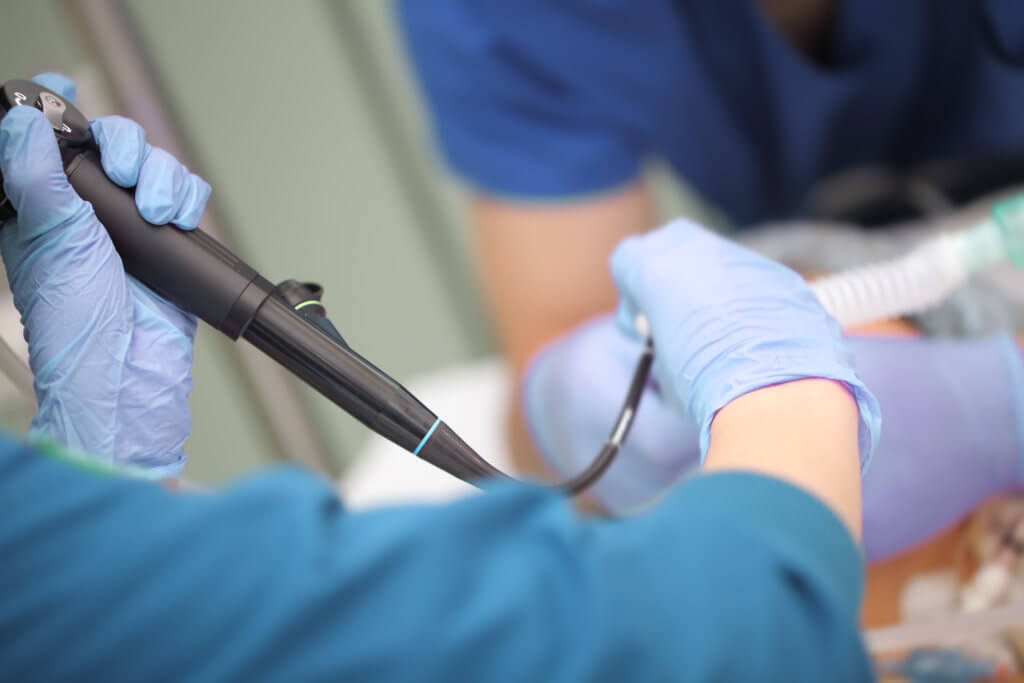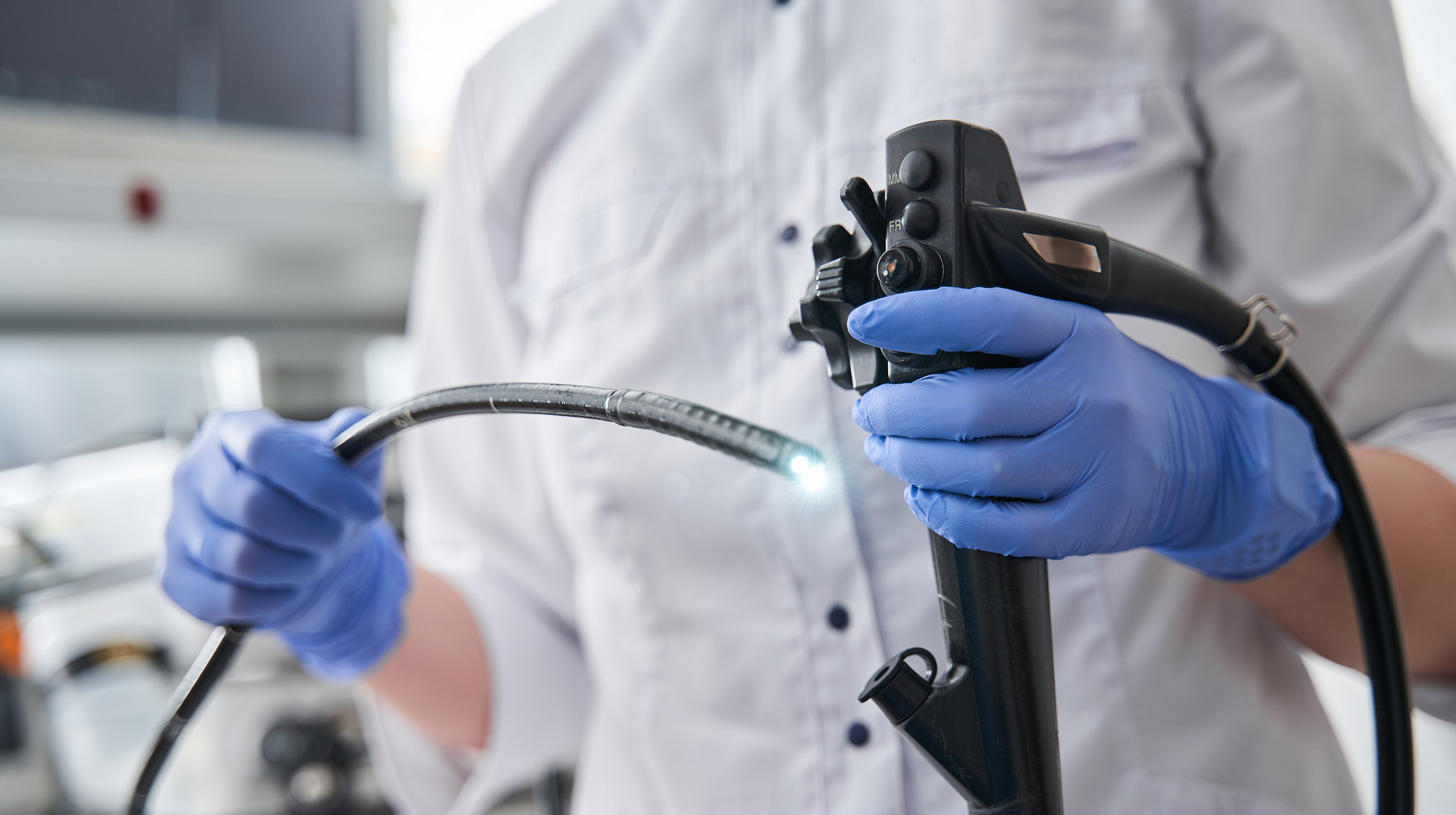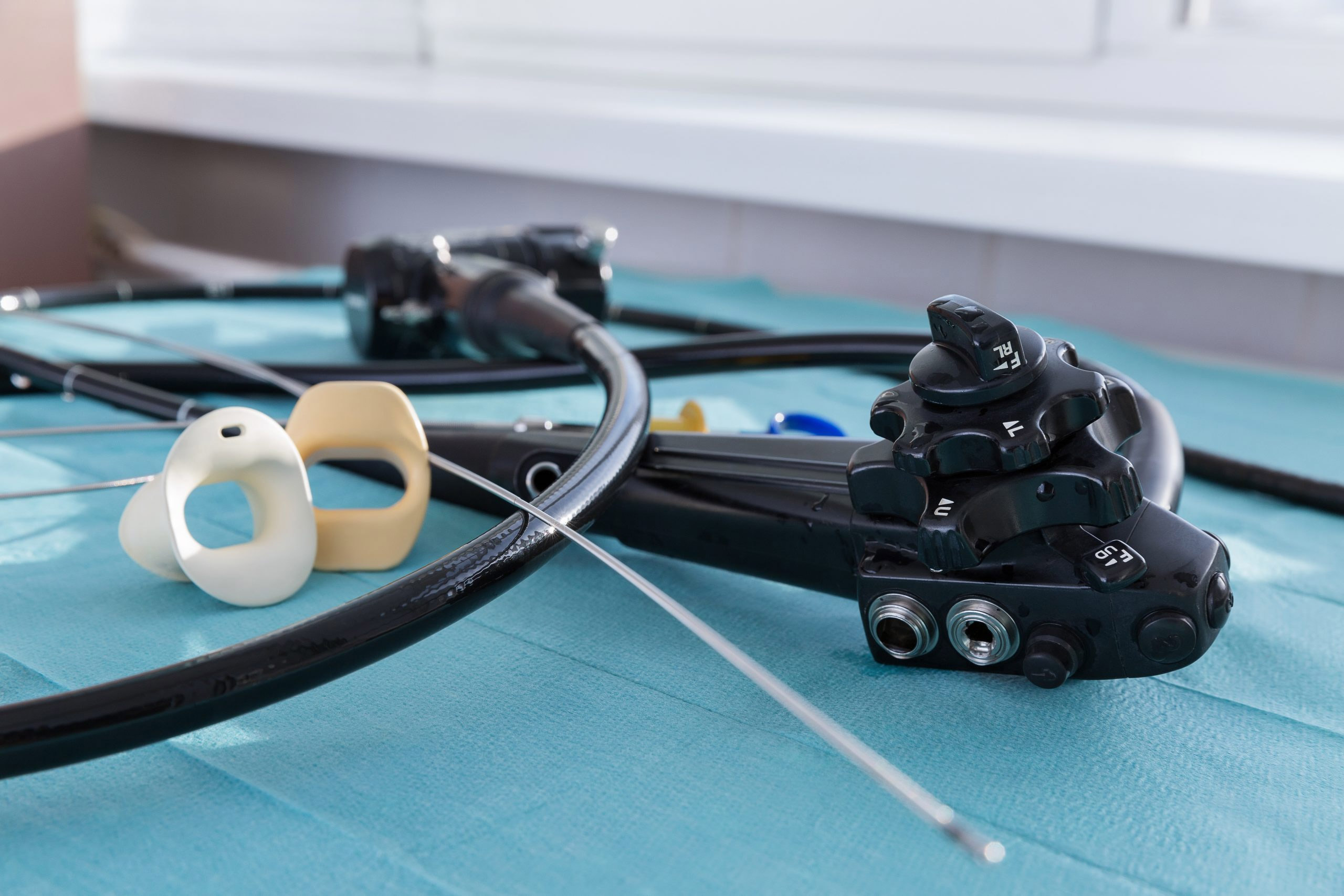
Benchtop testing and an initial clinical evaluation performed at Duke University found a single-use cystoscope to be comparable to a standard reusable device in several categories — and even superior in others.
Dr. Patrick Whelan, of Chesapeake Urology in Maryland, shared the study’s findings April 28 at AUA 2023 in Chicago. He was an author of the study during his fellowship at Duke in 2021.
The study tested the flexion, optics, irrigation flow, and initial clinical impressions of the Ambu aScope 4 Cysto against two reusable models from Olympus.
The Ambu aScope 4 Cysto was launched in May 2020.
“For the clinical use, I think the biggest takeaway, especially from a resident perspective in inpatient uses, the desire to use again was better and they had less frustration,” Dr. Whelan said. “There's plenty of limitations to this, but I think that it also creates a much easier workflow, which I think Ambu is demonstrated in multiple other ways. This is an easier setup. You have less things to grab, less to plug in, and I think [it] provides you the same if not better, actual scope.”
The study's limitations included a small sample size, varying clinical scenarios, non-randomized and different operators.
Researchers rated the single-use option similarly to reusable for performance as well as mental, physical and temporal demands. The single-use cystoscope, however, required less effort and was associated with lower frustration levels.
Dr. Whelan is an Ambu consultant. Single-Use Endoscopy is an Ambu USA online learning center.
Duke researchers found the aScope Cysto’s flexion to exceed 200 degrees in every upward scenario and almost reach 210 in each. Downward flexion exceeded 160 degrees in every scenario and was greater than 170 in some.
Optics were measured at three, five, 10, 30, and 50 millimeters. The Olympus HD cystoscope tested superior at three, five and 10 millimeters, but the single-use scope was equivalent at 30 and superior at 50.
The aScope 4 Cysto had equivalent optics to the standard definition reusable at three millimeters but equivalent at every other measurement. Depth of field and distortion were comparable as well.
Instrument passage and irrigation flow rates also scored similarly.
The advantages of single-use endoscopes, Dr. Whelan said, include sterility, eliminating reprocessing and having a new scope for each use. Reliability, unproven optics, plastic waste generation and integration with existing endoscopy systems are the disadvantages.
“There's increasing concern about sterility, multidrug-resistant bacteria not being removed and cleaned from scopes and being transferred between patients. And then the concept of damage but not broken,” Whelan said. “Do I need to flag this for repair or not? And I think everyone who's practicing has been in that situation.”


